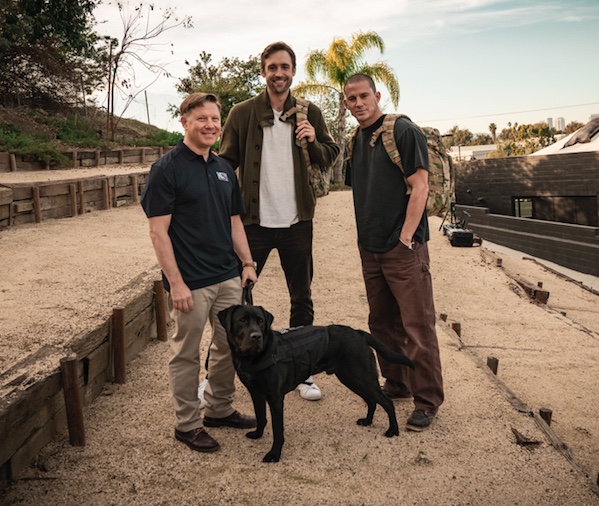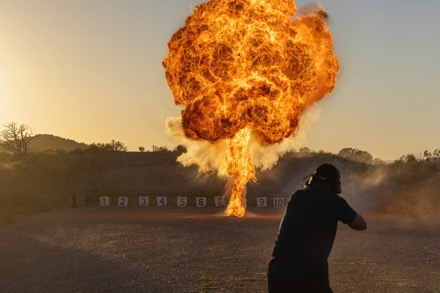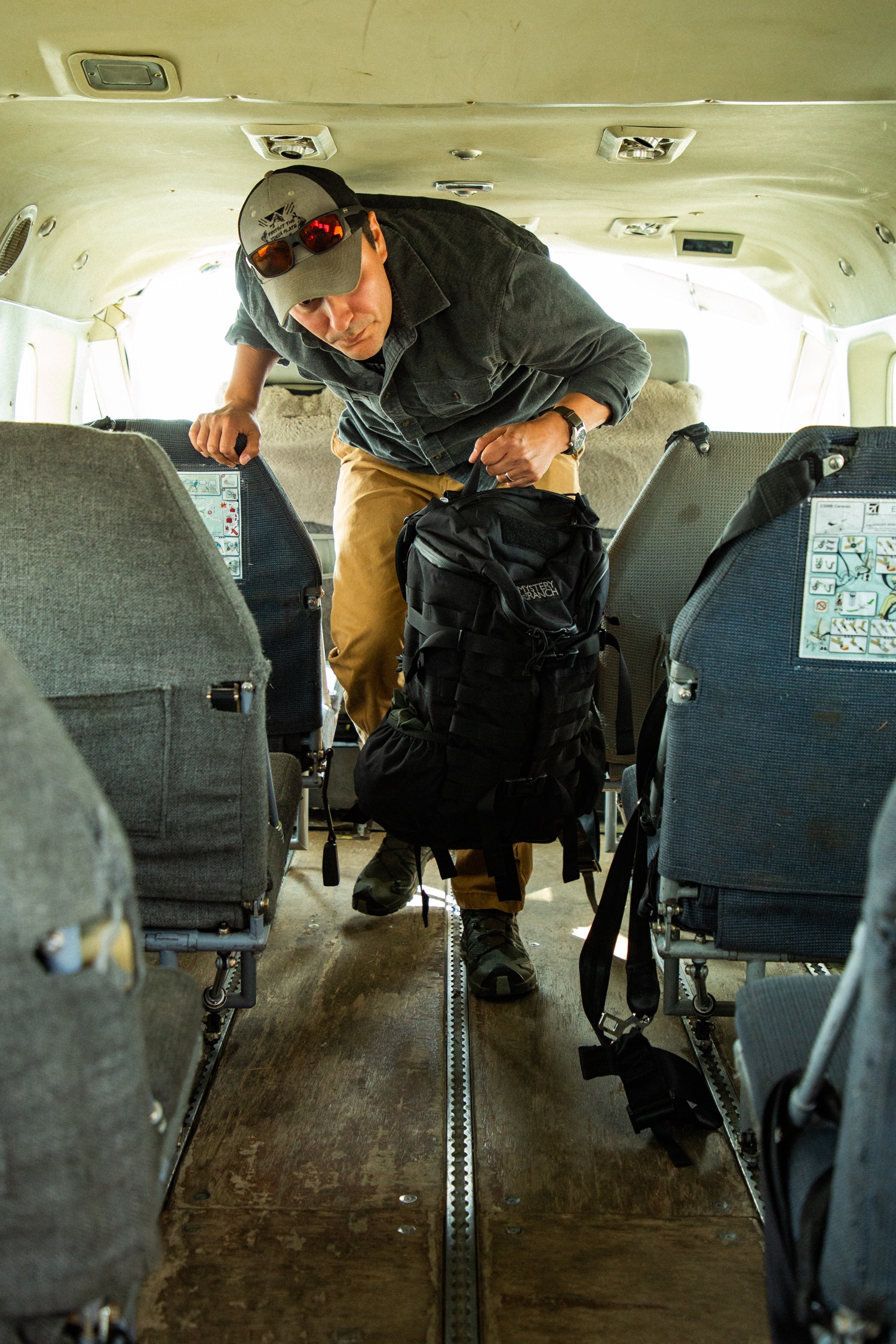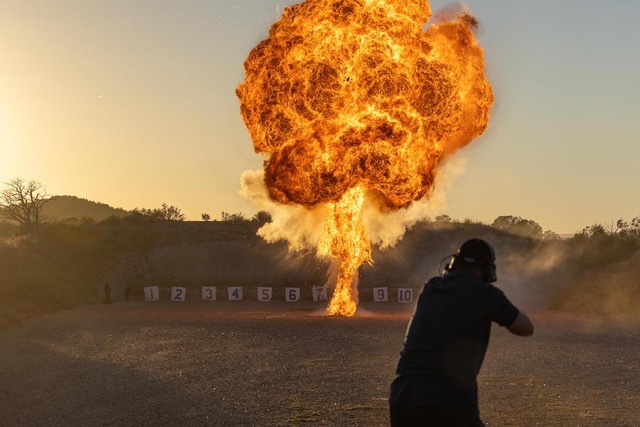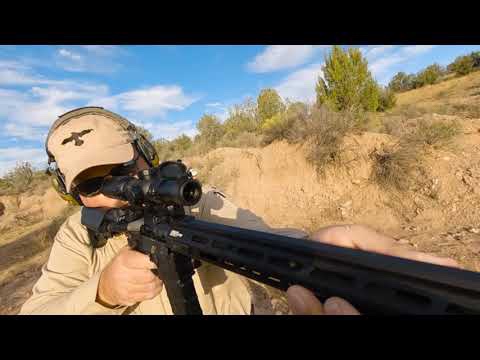
S.O.Tech has a 25 year history of supplying custom sewn tactical gear for some of Hollywood’s biggest movies. But there is something about a James Bond film that sets it apart and makes you feel like you are part of a dynasty. Just imagine watching the latest and possibly the best Bond film of the series and realizing that your bag is slung on both Daniel Craig’s (James Bond) and Lashana Lynch’s (Nomi) characters bodies in the climax battle scene of the movie! And not only do the pair of black S.O.Tech Go Bags look Bond-sexy, but the characters are using them exactly as they are designed. They are cross slung and Bond rotates the bag one handed to expose the single pull open zipper to draw his explosive charges, reverse slinging it as he goes. And then when he and 007 expend their last charges, one pinch to the release buckle and the SGBs slide off their shoulders to the floor. We thought that Josh Duhamel did our go bag right in the first Transformers movie, but nothing beats Bond destroying the lair of the Arch Villain of Chaos drawing from your go-bag.
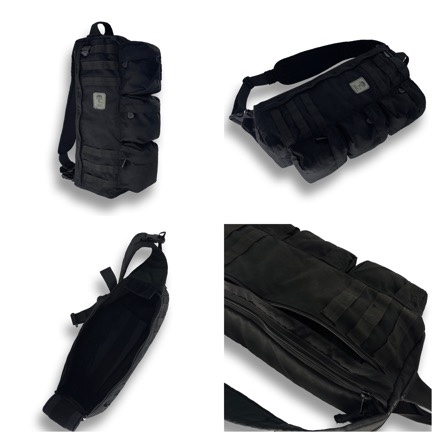
We originally designed the S.O.Tech Go Bag with a group of superstars of the Tier 1 community. As always, we keep their identities close-hold, but the idea man’s initials are encapsulated in the product code. The wanted a survival bag for ammo, chow, radio batteries and SERE items, but they needed something that would fit in confined spaces like the Hi Lux, up-armoreds, and Little Birds and Black Hawks. The tubular design slid between the seats and when it came time to bail, one arm through the sling and it was out the door with you. And with inward facing zippers, it protected the contents while making them easily accessible pulled to the front so you could access while on the move. We have modified the bag into half a dozen different configurations including clandestine weapon carriers, camera and commo carriers, and surveillance technical packs. So ending up in a Bond move is an appropriate capital achievement for this workhorse design.
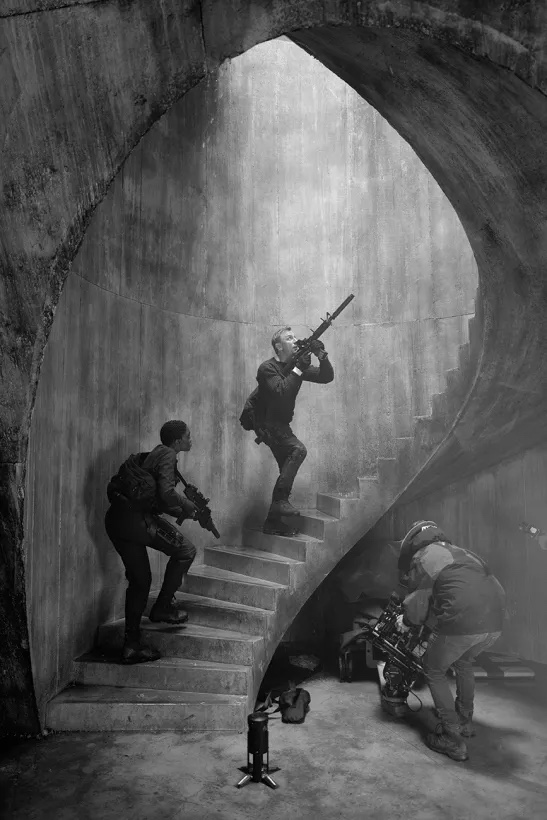
When James Bond and Nomi are both wearing my S.O.Tech Go Bag and they deploy their demolitions from the sling the way I designed it — I think we have finally achieved cinematic perfection in the world.

For decades we have custom sewn prop gear for film productions through ISS and HPR prop houses, but “No Time to Die” came to us through our friends and representatives in England and Denmark, Ian from Tactical Kit UK and Kim Starke from Gear Up Tactical. Needless to say we are truly appreciative of their choices and referrals.
To commemorate S.O.Tech’s Original Go Bag in No Time To Die we are producing a limited run of the original model as seen in the film. Bags are currently in production and scheduled to ship by March 31st. You can order yours here.


